Summary
The ponds are home to a variety of fish species, including rainbow trout, bluegill, largemouth bass, and catfish. Fishing in the ponds can be done from the shore or by using a boat or float tube.
Aside from fishing, there are many other activities visitors can engage in while at Potters Ponds, including hiking, camping, and picnicking. The area is surrounded by beautiful scenery, making it an ideal spot for nature lovers.
For those looking to catch fish at Potters Ponds, there are a few tips to keep in mind. Using small spinners, worms, or power bait is known to work well. Additionally, fishing during the early morning or late evening hours tends to be more productive.
The best time of year to visit Potters Ponds for fishing depends on the species of fish you are targeting. For rainbow trout, the best time is typically in the spring and fall, while largemouth bass are more active during the warmer summer months. The average temperature during the spring and fall is around 55-65°F, while summer temperatures can reach the mid-80s.
Weather Forecast
Nearby Streamflow Levels
Angling Safety Guidelines
Check local fishing rules, seasons, size limits, and license requirements to ensure legal and sustainable angling.
Handle Fish Responsibly
Use wet hands, minimize air exposure, and release fish gently to improve survival rates when practicing catch-and-release.
Choose the Right Gear
Match your rod, line, and tackle to the species and conditions to increase success and reduce unnecessary harm to fish.
Respect the Waterway
Avoid disturbing habitat, prevent bank erosion, and keep a safe distance from spawning areas to protect ecosystems.
Keep It Clean
Pack out all line, hooks, bait containers, and trash—discarded gear can injure wildlife and degrade waterways.

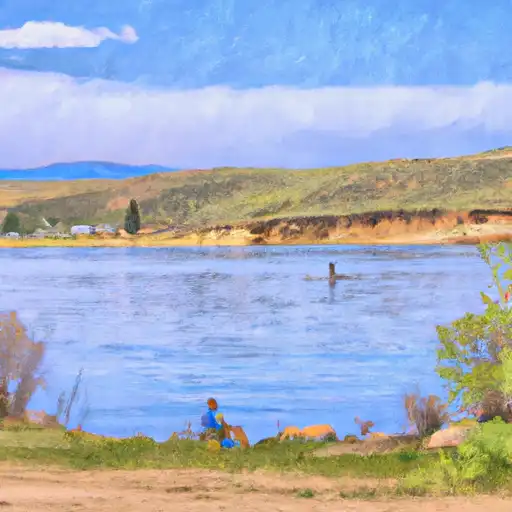 Miller Flat Reservoir
Miller Flat Reservoir
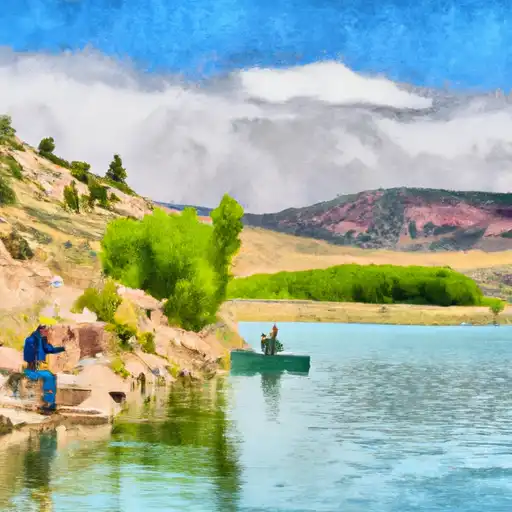 Rolfson Reservoir
Rolfson Reservoir
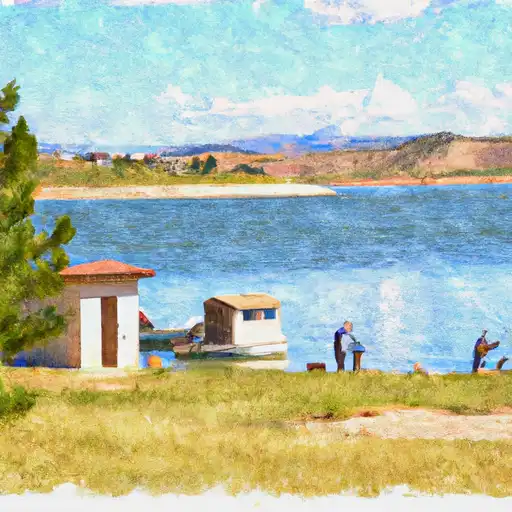 Cleveland Reservoir Candland
Cleveland Reservoir Candland
 Joes Valley Fishing Site West
Joes Valley Fishing Site West
 Grassy Lake Fishing Site
Grassy Lake Fishing Site

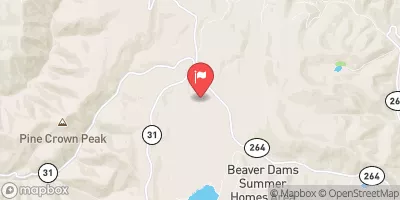
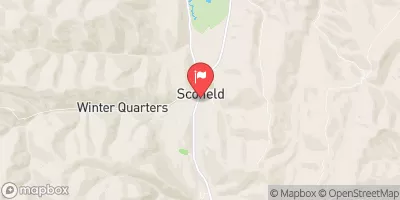


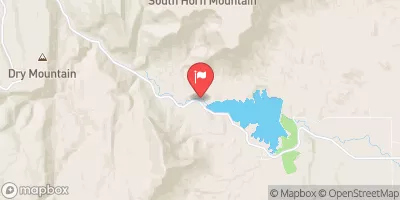
 Potters Pond
Potters Pond
 Potters Pond Campground
Potters Pond Campground
 Indian Creek Group Campground
Indian Creek Group Campground
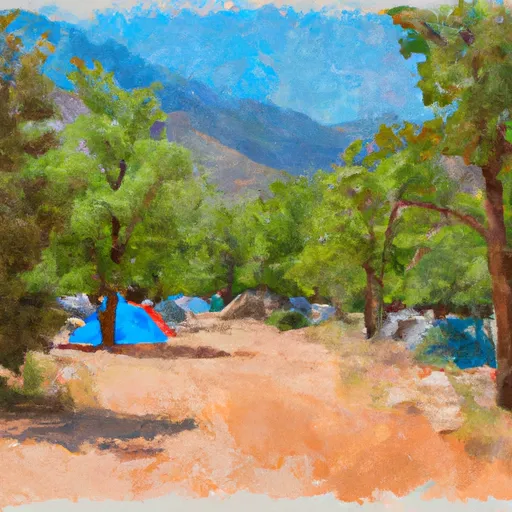 Forks Of Huntington Campground
Forks Of Huntington Campground
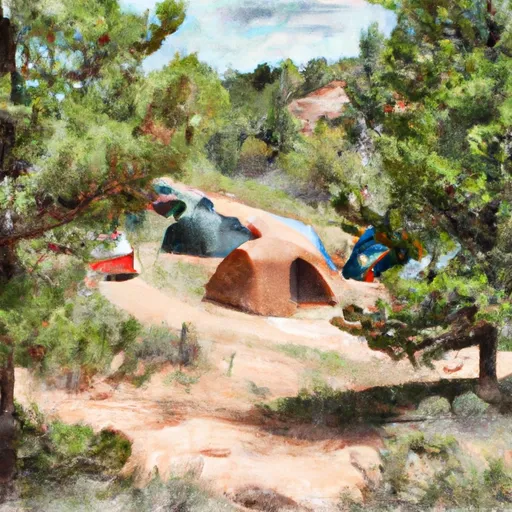 Little Bear Group Campground
Little Bear Group Campground
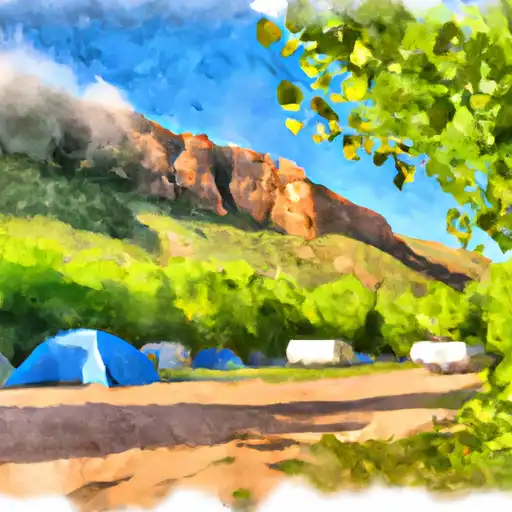 Forks of Huntington
Forks of Huntington
 Miller Flat
Miller Flat